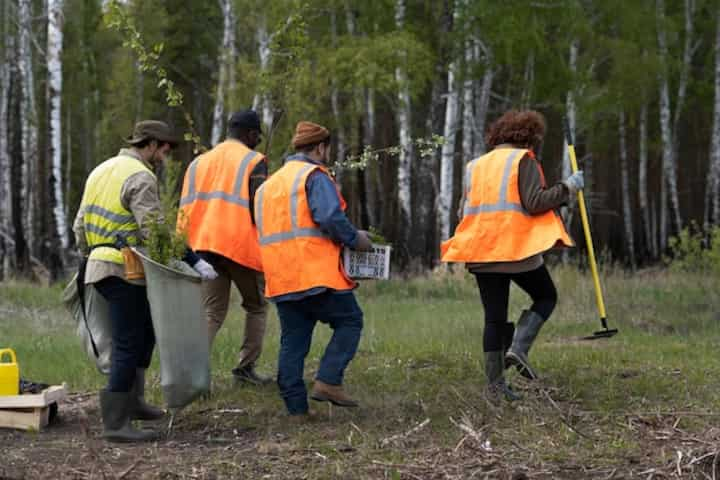
Expert Wildlife Management Services for Effective Animal Control
Wildlife management is an essential service that ensures the harmonious coexistence of humans and animals. As urban areas expand, interactions between humans and wildlife become increasingly frequent, necessitating expert intervention to manage these encounters effectively. Wildlife management services offer tailored solutions to control and prevent wildlife-related issues, ensuring the safety and well-being of both animals and humans. This article explores the key aspects of wildlife management services and their importance in effective animal control.
The Importance of Professional Wildlife Management
Ensuring Public Safety
Professional wildlife management services play a crucial role in maintaining public safety. Wildlife encounters, especially with species such as raccoons, skunks, and coyotes, can lead to dangerous situations. Expert intervention helps mitigate risks by:
- Identifying and removing potential threats.
- Implementing measures to prevent future encounters.
- Educating the community on how to handle wildlife interactions safely.
Learn more in this detailed guide about the strategies employed to safeguard public spaces.
Protecting Wildlife
Effective wildlife management is not only about protecting humans but also ensuring the well-being of animals. Experts employ humane methods to manage wildlife populations and prevent harm to individual animals. Key practices include:
- Utilizing non-lethal control methods whenever possible.
- Promoting wildlife conservation through habitat preservation.
- Facilitating the safe relocation of animals to appropriate environments.
For more on humane wildlife management practices, explore further insights here.
Comprehensive Animal Control Solutions
Wildlife Exclusion and Prevention
Wildlife exclusion and prevention are proactive strategies aimed at minimizing human-wildlife conflicts. These methods involve the identification of potential entry points in buildings and landscapes and the implementation of barriers to prevent animal access. Services offered typically include:
- Thorough inspections to identify vulnerabilities in structures.
- Installation of exclusion devices such as chimney caps and vent guards.
- Regular maintenance and monitoring to ensure lasting effectiveness.
Find additional information here about effective exclusion techniques.
Habitat Modification
Habitat modification involves altering the environment to make it less attractive to wildlife. This is an essential aspect of a comprehensive wildlife management plan, focusing on long-term prevention of wildlife issues. Techniques include:
- Removing food sources that attract wildlife, such as unsecured trash and pet food.
- Modifying landscaping to eliminate potential nesting sites.
- Implementing deterrents such as noise makers or motion-activated lights.
Read more about this topic to understand how habitat modification can be effectively applied.
Customer Feedback and Satisfaction
Understanding the effectiveness of wildlife management services can be enhanced by reviewing customer feedback. Satisfied clients often highlight the promptness, professionalism, and humane methods employed by wildlife control experts. Check out customer reviews here to see how previous clients have rated their experiences.
Conclusion
Expert wildlife management is vital for balancing the needs of both humans and animals in our increasingly urbanized world. By employing professional services that focus on safety, humane treatment, and effective prevention, communities can ensure that wildlife remains a treasured part of our natural environment. For those seeking to address wildlife issues in a safe and sustainable manner, professional wildlife management services offer a reliable and effective solution.